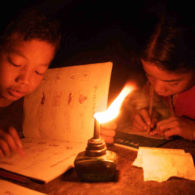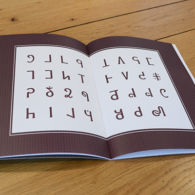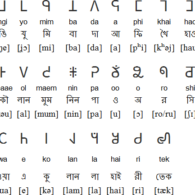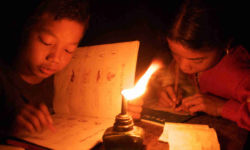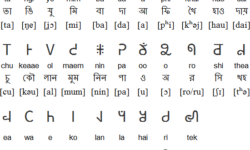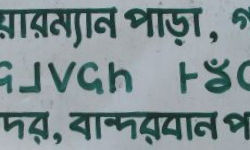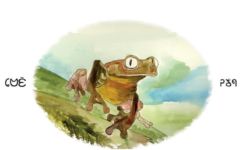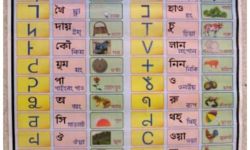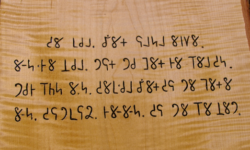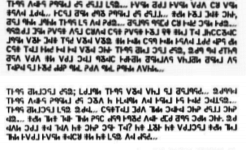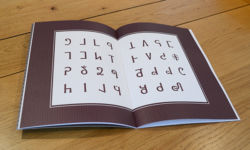Profile
The Krama script for the Mro language provides a tragically clear illustration of the relationship between endangered alphabets and cultural genocide.
Perhaps 20,000 Mro (also pronounced/written as Mru or Mrung), most of whom are Buddhist, live in Bangladesh’s Chittagong Hill Tracts, but since the founding of Bangladesh in 1971-72 they have suffered from the national government’s refusal to grant full citizen status to non-Bengalis.
Following the flooding of tens of thousands of acres for the construction of a dam and the enforced removal of thousands of inhabitants from their ancestral lands, the national government began a policy of granting tracts of land traditionally farmed by the indigenous inhabitants of the region to Bengali settlers.
This resulted in a period of virtual civil war in the region, with the military siding mainly with the settlers. Even following the cease-fire in 1997, the Hill Tracts remains a militarized region, with access denied to journalists and human rights workers. Regular massacres, rapes, murders and destruction of villages have been documented. A substantial number of Mro have fled across the borders into Myanmar and India.
(Confusingly, there is another ethnic group called Mro in Myanmar, who speak a different language and do not use the Krama script.)
Official education in the Hill Tracts is in Bangla, which for many of the region’s indigenous people is not even their second language. The result, coupled with the instability in the region, has been a catastrophic dropout rate in government schools and steady cultural erosion among the Mro.
The Mro language is classified as “definitely endangered,” and perhaps as few as 50 Mro can still read and write their own script, a messianic writing system created in the 1980s by Menley Murang, also known as Menley Mro. For a detailed narrative about this script and its creator, click HERE.
You can help support our research, education and advocacy work. Please consider making a donation today.
Links
General Script, Language, and Culture Resources
- Omniglot
- Wikipedia
- Unicode (PDF)
- Scriptsource
- Mru: Bergbewohner im Grenzgebiet von Bangladesh (German Edition)
- Mro Typeface Specimen
- Magic of Scripts Article
- Photo essay on the Mro and their culture
